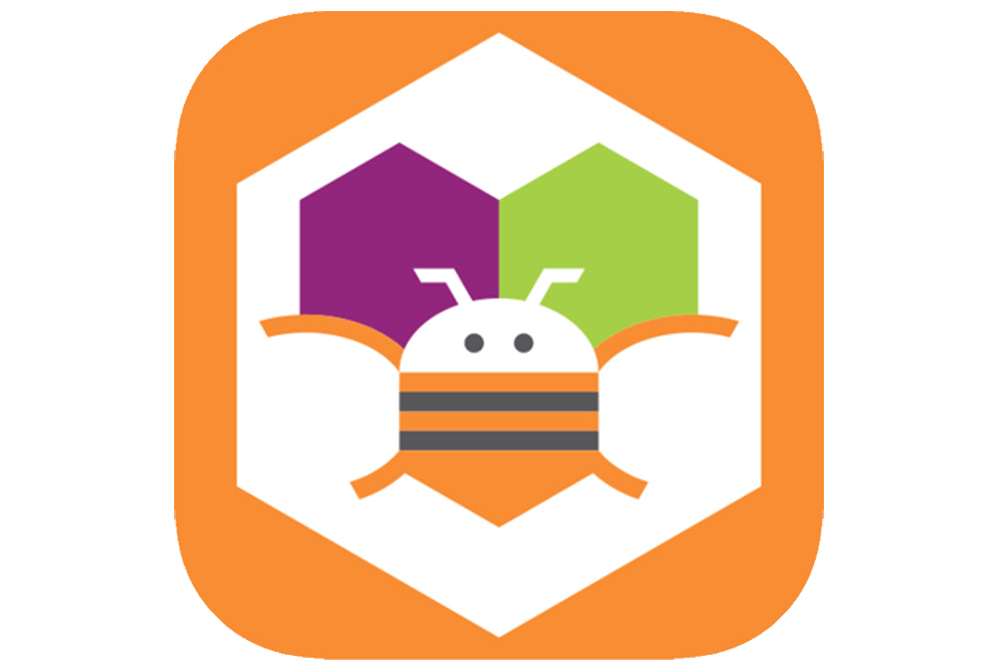
The Creative Solution to a Walled Garden
When Apple launched the first iPhone in June 2007, it was not just the introduction of a piece of technology; it was a step towards a new era of digitization. As revolutionary as the iPhone was, Apple’s restrictive decision to keep its App Store a walled garden left educators in a conundrum. If students were to learn mobile software development, an important skill in the evolving world, they needed a platform to design, develop and share applications. However, Apple’s policies obstructed this training ground.
During that time, MIT professor Hal Abelson was taking a sabbatical at Google. Recognizing the void created by Apple’s approach and observing Google’s plan to develop an open-source alternative operating system, he foresaw the potential to cultivate a young generation of developers.
Planting the Seed: App Inventor
In an effort to bring software development into the folds of education, Abelson collaborated with Google engineer Mark Friedman. They built on the concepts of MIT’s education-focused software like Logo and Scratch to create what would eventually become Google App Inventor—first as a project dubbed “Young Android.”
App Inventor offers a block-based language enabling programmers to visually piece together pre-made code blocks, thereby eliminating the need for specialized programming syntax. Users can now build simple mobile apps via a web-based tool and install the apps directly on their Android device.
Explosion of Adoption
App Inventor quickly gathered momentum, with over 70,000 teachers employing it in classrooms and countless students benefiting from it. The tool was not only free but eventually became open source. This is where Google’s involvement became key by providing the backend infrastructure to keep it running.
The App Inventor reached heights that were unimaginable during its conceptual stages. Unexpected uses of App Inventor, like “Discardious”, a waste disposal application developed by teenage girls in Nigeria, extended its reach and showcased its potential.
Transition: From Google to MIT
Although the growth was substantial, it was known that Google’s support would not last forever. In anticipation of the inevitable, around 2010, an agreement was reached to transition App Inventor to MIT. This stage required a major revamp of the software, given that it was initially based on Google’s proprietary tools. With cooperation, the much-needed network resources were shared, allowing App Inventor to remain free for everyone.
Even with Google’s financial aid for the transition, there were uncertainties about the project surviving in the future without Google’s direct intervention. However, the confidence rested on Abelson’s expertise and commitment to the project, as well as the commendable support from MIT’s enterprise architect Jeffrey Schiller.
App Inventor: A Greater Resource
The major strength of App Inventor lies in its growing user base. Driven by community participation and contribution, it has achieved significant milestones, the most notable being the creation of its 100 millionth project and registering its 20 millionth user. Apps like “Brazilian XôDengue“, “Calmify“, and “PAM (Personal Advisor to Mothers)” are not only a testament to App Inventor’s capabilities but also demonstrate how AI can enrich our lives in myriad ways.
The Future: App Inventor and AI
The durability of App Inventor now depends on the App Inventor Foundation, established in 2022 to enhance its resources and uptake. It remains committed to democratizing access to technological innovation and fostering digital literacy.
App Inventor is now incorporated under the MIT RAISE Initiative, extending its integration into a broader community. The Initiative’s focus is to promote Responsible AI for Social Empowerment and Education, and it launched the inaugural AI and Education Summit in July. The event included a Global AI Hackathon, where participants utilized App Inventor in innovative ways to tackle real-world problems in Climate & Sustainability and Health & Wellness fields.
HAL149’s Potential in Business AI
The story of App Inventor underlines the potential of AI to transform the world. Businesses aiming to capitalize on this potential can streamline their operations and drive growth through AI. HAL149 develops customizable AI assistants capable of customer service, content generation and maintaining social media profiles, making businesses more efficient and effective. To harness the power of AI for your business, contact HAL149 today.

